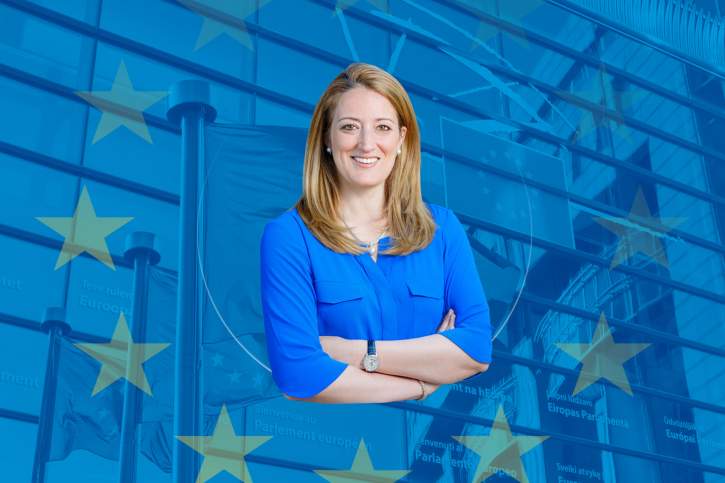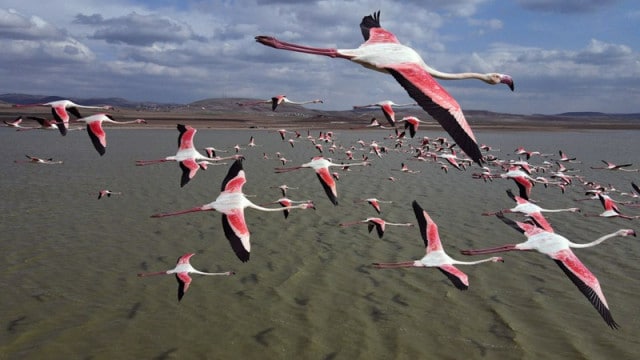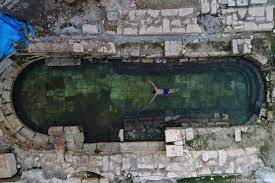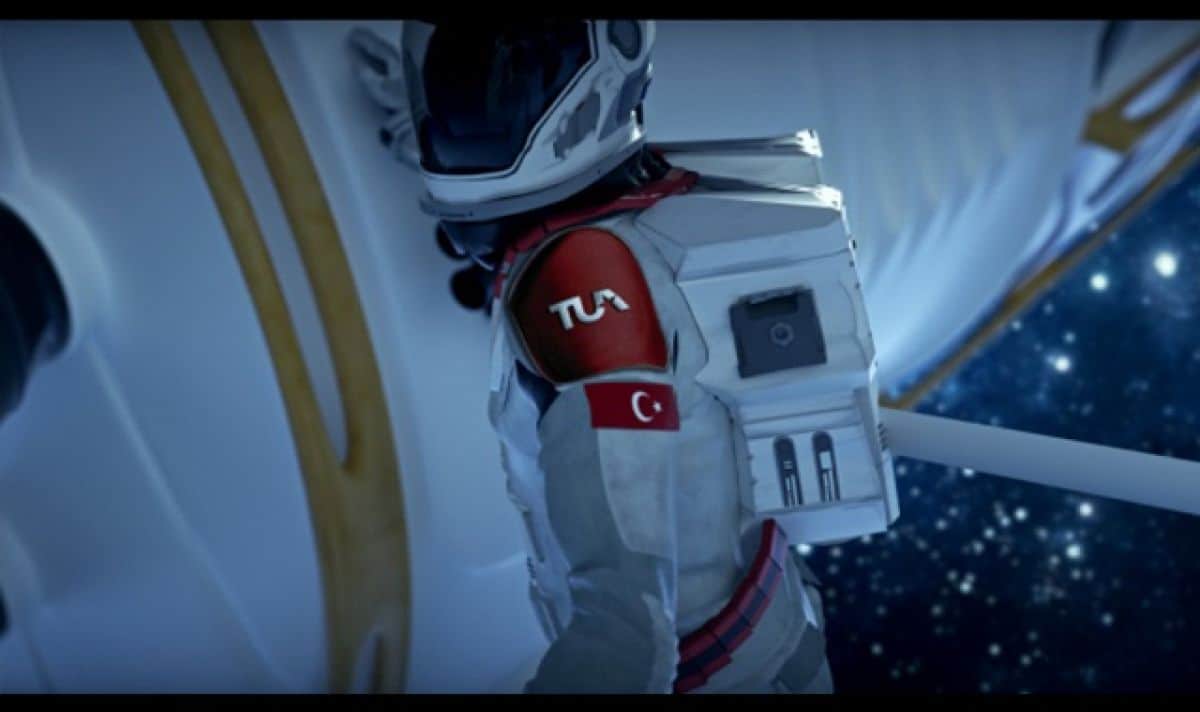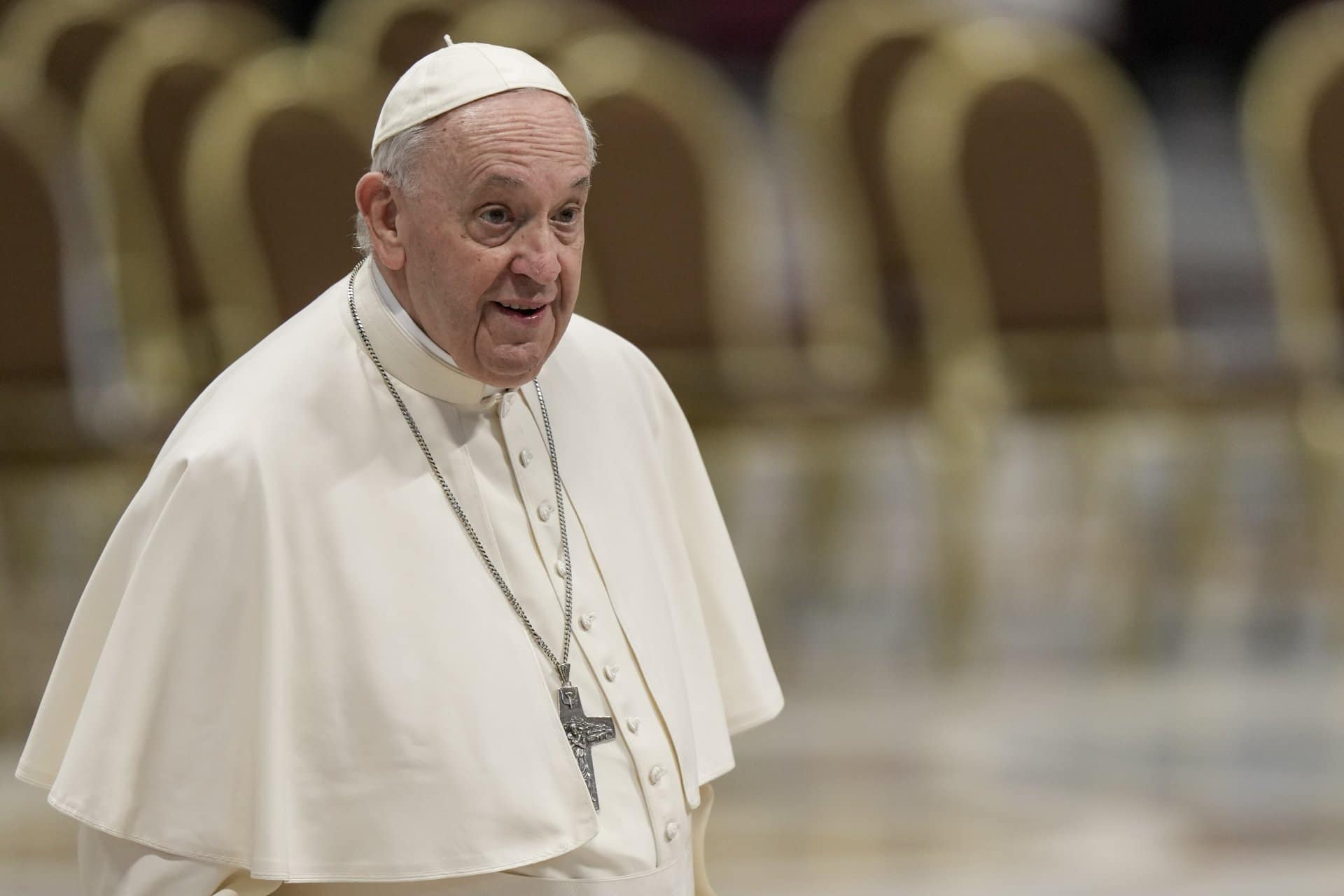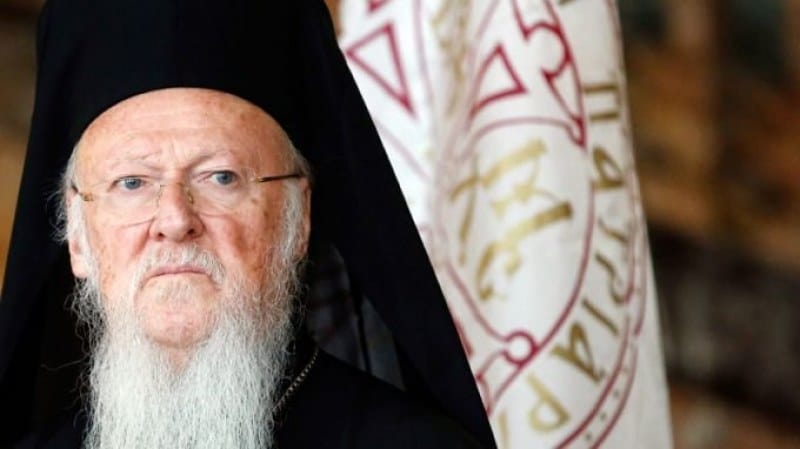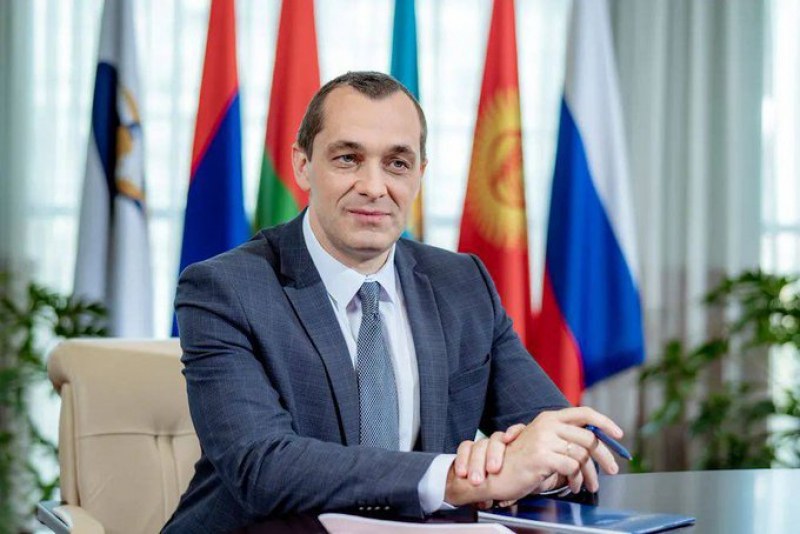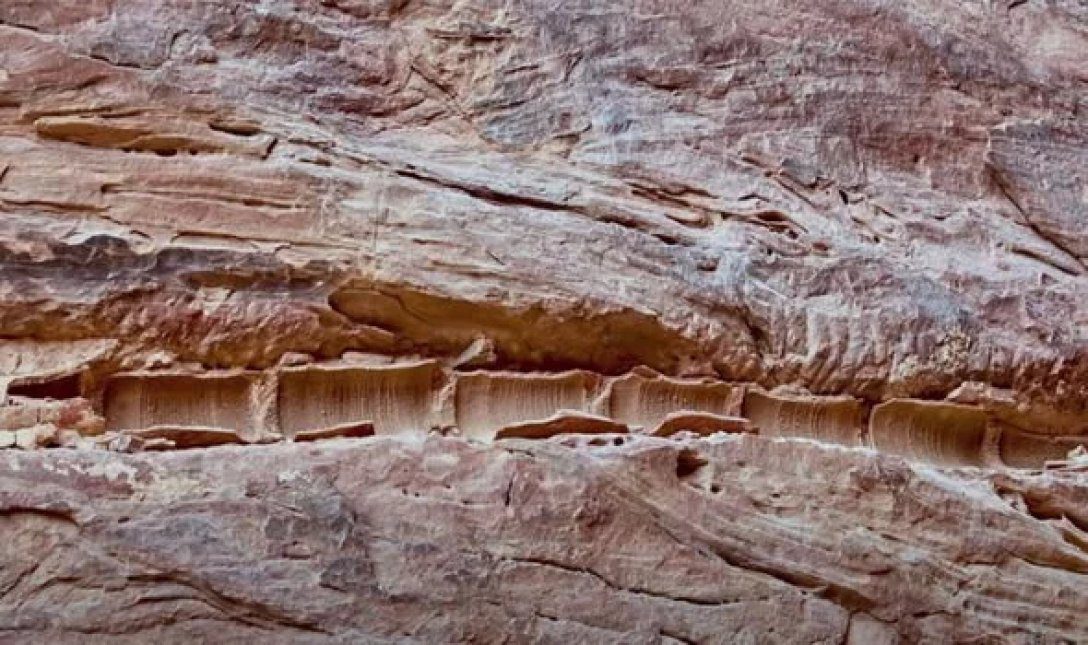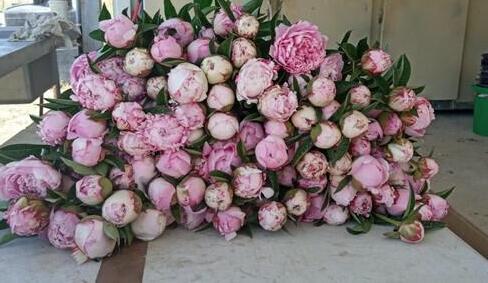Europe’s call : In her speech, President Metsola spoke about the reality of a gap which exists between what people expect and what Europe is able to deliver at the moment, particularly in the areas of health, energy and security. She also said that the future of Europe is tied to future of Ukraine.
President Metsola’s speech can be found below.
President Von der Leyen,
President Macron,
Prime Minister Costa,
Dear Europeans,
I am so proud to be here today as we come to this milestone in this unique exercise in active citizenship. In Europe building. In future proofing our foundations.
Among the many speeches we hear today, I think there is one message that we can take away today: Europe’s future is yet unwritten and our story depends on you, on all of us.
This debate took on a new reality on February 24th – when President Putin ordered his army to invade Ukraine. An act of medieval aggression that has changed the world.
The post-February 24th world is a very different one. A more dangerous one. Europe’s role has changed with it. We cannot afford to lose any more time.
How we have responded to the invasion and how we must continue to respond is the litmus test of our values. The unity and resolve of our response has confounded critics and made us proud to be European. That must be the blueprint going forward.
But as we speak here, Ukraine is still being invaded. Bombs are still killing indiscriminately. Women are still being raped. Millions have fled and will continue to do so. People are still trapped in the tunnels under Mariupol.
Ukrainians look to Europe for support. Because they know what millions of Europeans who were forced to spend half a century behind the yoke of the iron curtain will tell you: There is no alternative to Europe.
The future of Europe is tied to the future of Ukraine. The threat we face is real. And the cost of failure is momentous.
And I ask: how will history judge our actions? Will future generations read about the triumph of multilateralism over isolationism? The cementing of an inter-dependent relationship between nations and people who are proud of their differences as Laura said earlier, but who understand that in this new world, the future can only be together?
That is all up to us. That is our responsibility. And let me tell you here today that the European Parliament will fight for a stronger Europe and all of what Europe means. That means freedom, democracy, the rule of law, justice, solidarity, equality of opportunity.
That means that we must listen more than we speak. This exercise must be about you. About our project working for people in villages and towns and regions across Europe.
Europe has a proud history. We have created the common market, ensured enlargement to successive States, embraced universal suffrage, eliminated internal borders, created a common currency and enshrined fundamental rights into our treaties. Our European project has been a success story. It may not be perfect but we represent a bastion of liberal democracy, of personal freedoms, of liberty of thought, of safety and security. That inspires millions in Europe and around the world.
However, this Conference also proves that there exists a gap between what people expect, and what Europe is able to deliver at the moment. That is why we need a convention as the next step. And that is what the European Parliament will insist on. There are issues that simply cannot wait.
That is true for defence. We need a new security and defence policy because we know that we need each other, that alone we are vulnerable. And here we do not have to reinvent the wheel. We can complement rather than compete with existing alliances.
It is true for energy. We are still too reliant on autocrats. Where Energy islands still exist. Where we must support each other as we disentangle ourselves from the Kremlin and invest in alternative energy sources. Where we understand that renewable energy is as much about security as it is about the environment. But we can only do that together.
This is also true for climate change. The challenge of a generation that Europe has proudly led the global charge on.
It is true for health, where we must heed the lessons of the pandemic and make our health systems interconnected, share information and pool resources. When the next virus hits us, we cannot let it shut down our lives. Our first instinct cannot be to re-create the borders of the past.
It is true for our economic model, where we must ensure enough flexibility without tying the hands for generations to come. Where we are able to create the jobs we need to thrive.
It is true for migration, as we heard in the videos and testimonies, where we still need a system that is fair with those in need of protection, that is firm with those who are not, but that is strong against those who abuse the most vulnerable people on the planet.
It is true for equality and solidarity. Our Europe must remain a place where you can be who you wish to be, where your potential is not impacted by your birthplace, your gender, or sexual orientation. A Europe that stands up for our rights – for women, for minorities, for us all. A Europe that leaves nobody behind.
In all these areas and more, I want Europe to lead. Because if not us, it will simply be someone else.
Dear Europeans,
This Conference on the Future of Europe involved hundreds of thousands of people across Europe. This has been an intense experience in the power of participatory democracy after months of discussions and powerful debate. I want to thank you for believing in the promise of Europe.
And I want to specifically thank Guy Verhofstadt and Dubravka Šuica and the different Presidencies of the Council – Prime Minister Costa, Minister Clement Beaune here today – thank you for leading this process. I also want to thank our late President David Sassoli who would be so proud. He would be so proud today. And of course none of this could have been done without all the staff, and I ask you please to applaud the staff of the European Parliament and the institutions who really worked for this to happen. I thank you all, for believing in this exercise, for fighting for Europe, for facing down the cynics.
It is easier to be cynical, to be populist, to look inwards but we should expose populism, cynicism and, nationalism for what they are: false hope sold by those with no answers. Those who are afraid to forge the hard and long road of progress.
Europe has never been afraid. Now it is time to step up and not step back.
We are once again at a defining moment of European integration and no suggestion for change should be off-limits. Whatever process is required in order for us to get there should be embraced.
As a student, I got involved in politics because I believed my generation’s place was Europe. I believe still. We see no old and no new Europe. We see no big and small States. We understand that ideas are bigger than geography.
That feeling, 18 years ago, when 10 countries including my own, joined the EU is a moment that will remain with me forever. We counted the seconds to midnight on May Day and you could feel the joy, the hope, the passion with which people believed. People today in Ukraine, in Georgia, in Moldova and still in the Western Balkans are looking to us with the same sense of purpose. Of course, every country must follow its own path, but we should not be afraid to unleash the power of Europe to change people’s lives for the better, as it did for my country.
Finally, we are gathered here on Europe Day, during the year dedicated to youth, in the seat of the European Parliament, in Strasbourg. There is nowhere more symbolic of the power of democracy, of the power of Europe to take the next step, together.
This is the moment to answer Europe’s call. This is our time.
Thank you.



